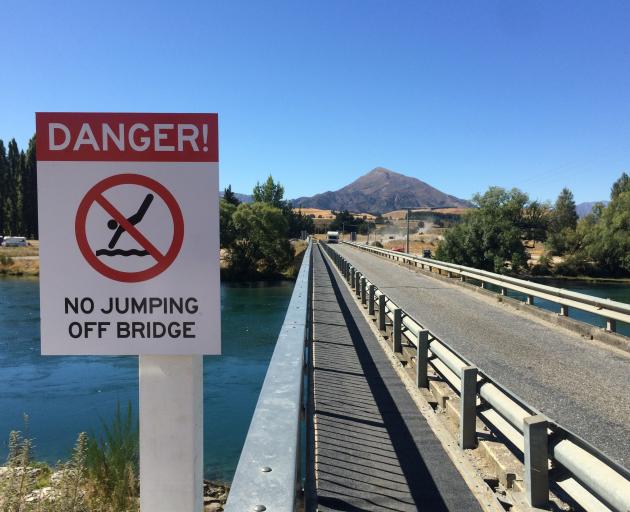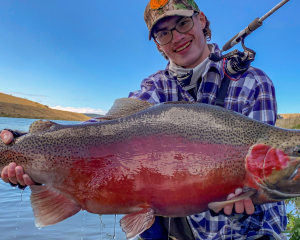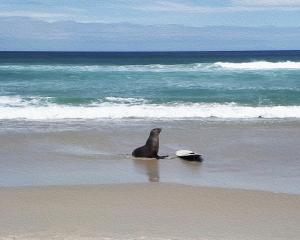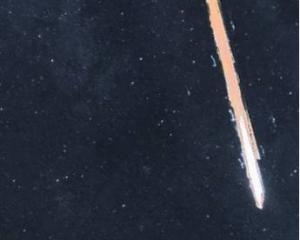

You're waiting in the same old traffic line at the same old Albert Town Bridge that is old enough to need upgrading and busy enough to need lights. And then you see it, the new sign. DANGER! NO JUMPING OFF BRIDGE. The accompanying image is of a stickman in a circle, crossed out. Diving, writes Liz Breslin.
You feel emotional. You know kids who are working themselves up to being big enough and brave enough to partake in this summer rite of passage. You know adults who were kids who grew up here who took part in the ritual. You know this story goes back generations to the building of the bridge in 1930, before which the only way to cross the river was by punt, by way of the Albert Crossing, named after Prince Albert, because those were those times.
You do the maths. Eighty-nine years of bridge jumping. You feel like this sign is trying to stamp out decades of local history with no consultation or sense.
You feel dubious about stamping at all on a practically octogenarian one-lane-bridge with too much vehicular load and and a traffic-light hole on one side. But you might be undercaffeinated, drained from too much screen time and worn down from the daily dance of trying to find a long-term parking space in town every day.
And you might not be remembering that if you're not part of the solution, you're part of the problem. So you decide instead to engage. Engagement is a topical matter of the moment in the Upper Clutha, with the QLDC consultation sessions asking what you think about your place. MY PLACE, it's called.
You remember the 2020 talks in Wanaka, round about the time you first got up enough courage to jump off the bridge. You remember shaping your future. They are starting to merge, the branded consultations. You have consultation fatigue syndrome. But you decide to engage about the bridge.
The woman at council is very helpful. No, she doesn't know anything about the sign. But she can find out about it and let you know. And she does. Even though you've put in your inquiry just before 5pm on a Friday. It may be because you said you are writing an article - you consider preceding all requests to council with this phrase from now on.
She says the signs have been put in by Aspiring Highways after consultation with the police. So you email Aspiring Highways. They say someone will get back to you in due course. Your dictionary's synonyms for ``in due course'' include at the appropriate time, when the time is ripe, in the fullness of time, at a later date, at length, at some point in the future, as time goes on/by, by and by, one day, some day, sooner or later, in a while, after a bit and eventually. So, while you wait for the fullness of time to pass, you also call the local police. You get holding music and the national comms centre and then you get through to the local station. You explain that you want to know whether jumping off the bridge is actually illegal, you say the words ``writing an article''. They say someone will call you back. You wait.
You hear from people who are not NZ Police or Aspiring Highways that the sign is there because someone got caught in the willows. DANGER! WILLOWS. Because too many people have been jumping off the Kawarau bridge. DANGER! SIGN ON THE WRONG BRIDGE. Because we live in an increasingly risk-averse society. DANGER! EVERYWHERE. You think about rivers. Rivers are not meant to be safe. Rivers are meant to be rivers. You think about your fear - climbing over the barrier, checking you're in position. Counting to three. Counting to three again. The whistlerush of the air, the clarity of popping up, the purposeful strokes. The smile.












